Daith Piercing: Benefits, Pain Level, Healing & Aftercare
Make a style statement and manage your headaches with this piercing!
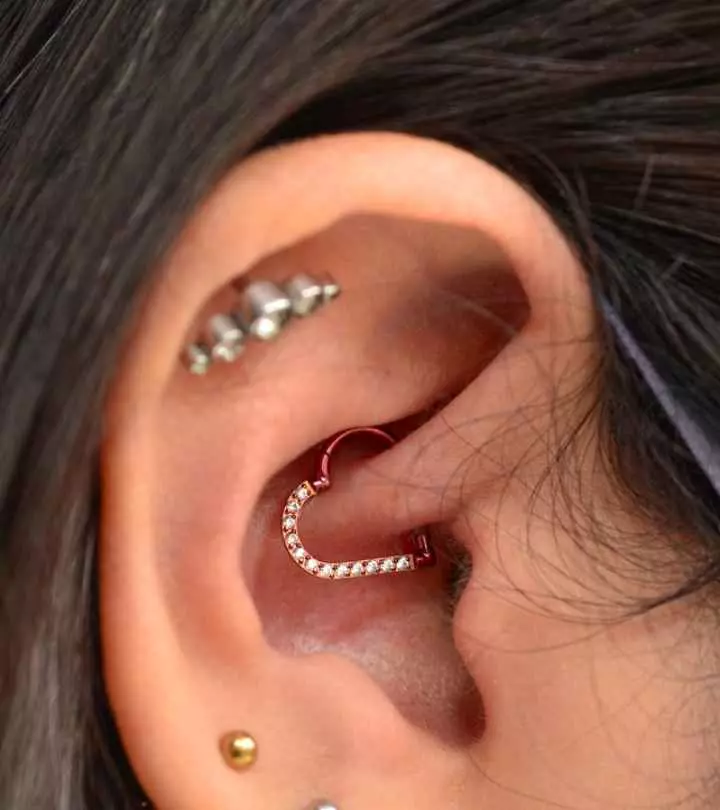
Image: Shutterstock
Daith piercing, a form of ear modification, has taken the world of body piercing by storm. This unique piercing involves inserting jewelry through the innermost cartilage fold of the ear, right above the ear canal. Celebrities like Rihanna, Kylie Jenner, and Zoe Kravitz have embraced the allure of daith piercings, elevating them to a status symbol. Beyond their aesthetic appeal, these piercings have historical roots in Jewish culture, with the Hebrew version of the word translating to ‘knowledge’ or ‘knowing’ in English. Additionally, it is connected to certain acupuncture treatments for migraine relief.
This article is for anyone contemplating getting a daith piercing for either its aesthetic appeal or its possible health benefits. Keep scrolling to learn about its purported benefits and how to take care of it.
 Piercing Guide: Daith Piercing
Piercing Guide: Daith Piercing- Placement: Innermost cartilage fold of the ear, known as the daith
- Best Jewelry: CBRs, hoops, barbells, and clicker earrings
- Cost: $30 to $80
- Pain Level: Moderate
- Healing Time: Up to 9 months
In This Article
What Are The Benefits Of A Daith Piercing?
Daith piercing is a piercing method done bilaterally at the crus of the helix of the ear. Interestingly, it has gained popularity on social media as one of the alternative treatments for chronic migraines. However, although they are placed at an acupressure point, daith piercings lack clear evidence of effectively relieving migraine pains.
A case study found that a 54-year-old man with chronic migraines experienced relief after a daith piercing (1). However, there is a lack of scientific evidence regarding its efficacy. Also, due to the high failure rates and potential risks, daith piercing for migraine is not recommended. If you are thinking about getting a daith piercing, you could probably consider it for aesthetics rather than therapeutic effects on chronic headaches.
Annie Jones, a YouTuber, shared her experience with a daith piercing. She shared the piercing procedure, the healing process, and the challenges she faced. About migraines, she said, “I always used to get bad migraines, used to get headaches a lot just on kind of one side of my head, which is why I got it on this side. And that actually stopped my headaches on this side of my head. I now get headaches this side so I’m thinking of getting daith piercing done this side now, just to kind of stop the headaches overall (i).”
 Did You Know?
Did You Know?Besides the therapeutic effects and potential benefits of daith piercing, it is also important to stay prepared for the financial aspects. Scroll down to read about the cost of this unique form of self-expression.
Key Takeaways
- Daith piercing is a form of ear modification that involves inserting jewelry through the innermost cartilage fold of the ear, known as the daith.
- It involves moderate pain due to thick cartilage, with a healing period of up to 9 months.
- Jewelry choices for daith piercings include stainless steel, niobium, and titanium, with styles such as captive bead rings, versatile hoops, barbells, and clicker earrings.
How Much Does A Daith Piercing Cost?
View this post on Instagram
Getting a daith piercing is generally on par with other inner-ear cartilage piercings. The total cost, ranging from $30 to $80 (excluding jewelry), depends on factors like location and the type of bling you choose.
For instance, in the US, the piercing alone costs $30. In the UK, prices typically begin around £20 per ear, with additional costs for jewelry ranging from £24 upwards, depending on the material. So, whether you are budget-conscious or prefer to spend generously on unique adornments or consider additional piercings, the cost of a daith piercing offers flexibility to suit various preferences and styles.
While the cost may be budget-friendly, the intensity of the pain can be a significant factor in your decision-making process. Scroll down to know more about the pain level of a daith piercing.
How Painful Is A Daith Piercing?
A daith ear piercing involves a moderate level of pain due to thick cartilage, making it more uncomfortable than some other ear piercings. The pain can vary from person to person based on individual pain tolerance levels. Daith piercings generally cause more pain than earlobe piercings but are similar in pain level to cartilage piercings. The procedure takes between 6 to 9 seconds, and piercing the innermost fold of the cartilage is also quite challenging. Combining these two factors, the experience can be quite discomforting to some. Many describe it as a sharp shot through the ear, with a dull, achy sensation lasting a few days.
Overall, the pain associated with daith piercings is not something you cannot tackle. The next step in a smooth piercing journey is healing. Scroll down to learn more about that phase.
Healing Stages After Getting A Daith Piercing
Healing a daith piercing takes time, sometimes up to 9 months, unlike the quicker healing of common earlobe piercings in just 1 to 2 months. During this period, you may encounter symptoms such as redness, bruising, and tenderness. However, once the initial pain eases and the piercing gets fully healed, it should not cause further discomfort. However, careful handling is crucial to avoid the resurgence of intense pain, especially if the healing piercing is touched, slept on, or snagged on clothing.
Remember, it is common to experience itching as your daith piercing heals. The key to smooth healing is resisting the urge to touch or play with the piercing, and keeping an eye out for signs of infection or worsening pain. If these symptoms arise, promptly seek medical advice. A doctor can evaluate the piercing, recommend measures to alleviate pain, and prescribe antibiotics in case of infections, if any. Let us move forward to the aftercare routine for the successful healing and maintenance of your daith piercing.
Aftercare Tips For A Daith Piercing
For proper healing of your new ear piercing, following a diligent aftercare routine is key. Some of the tips you can follow in this regard include:
- Clean the piercing twice a day using an antibacterial saline solution or wound wash to prevent discharge or any other complications (2).
- Maintain the original piercing jewelry throughout the entire healing duration, as trying to change it before complete healing can worsen the pain with all progress lost (2).
- Continue cleaning the earrings regularly even after the healing process and keep your hands clean when handling your earrings to keep infections at bay.
- Refrain from using soap, beauty products, or creams on the piercing, as these can impede healing by introducing potential irritants, chemicals, or contaminants (2).
- Steer clear of swimming in the sea or chlorine water for the first four weeks after piercing. Exposing the fresh piercing to such environments may introduce bacteria, impurities, or chemical irritants, increasing the risk of infection or irritation.
- Avoid sleeping on the new piercing to prevent discomfort and potential alterations to the piercing angle once it is completely healed (2).
 Quick Tip
Quick TipRemember, the aftercare routine contributes to the long-term health and appeal of your daith piercing. Proper aftercare helps prevent issues like an infected daith piercing. Scroll down to learn about infected daith piercing and how to manage it.
How To Deal With An Infected Daith Piercing
An infected daith piercing can be uncomfortable, but recognizing the symptoms and seeking timely treatment can aid in a swift recovery.
Symptoms
- Redness and pain
- Swelling
- Tenderness
- Pus or Discharge
- Warmth
If you notice any of these signs, it is crucial to take action promptly.
Treatment
- Use a sterile saline solution to clean the infected area. Gently wipe away any discharge and avoid harsh cleansers.
- Apply a warm compress to the infected piercing to help reduce swelling and promote drainage.
- Avoid using beauty products and creams or swimming until the infection clears.
Early detection and proper care are crucial for managing an infected daith piercing. If in doubt, consult a professional for advice to ensure a healthy healing process and have medication if required.
Let us now move on to the fun part of the piercing– jewelry. Scroll down and check out the types of bling you can opt for.
Jewelry Types For A Daith Piercing
While choosing the appropriate jewelry for your daith piercing, consider both aesthetic preferences and comfort factors.
In terms of materials, metals that are hypoallergenic as well as durable are the most suitable for fresh piercings. Some preferred options include stainless steel, niobium, and titanium.
In terms of styles, popular choices for daith jewelry include:
- Captive Bead Rings (CBRs)
View this post on Instagram
Choose a circular hoop with a suspended bead for a simple yet edgy look for the daith piercing.
- Versatile Hoops
View this post on Instagram
Hoops are popular for their availability in various styles for personal expression. If you prioritize minimal yet versatile looks, these are your best options.
- Barbells
View this post on Instagram
Choose a barbell, especially a curved one which is ideal for daith piercings. It is a metal bar with balls on the ends. This chic option offers an easy insertion through the piercing with a touch of personalization.
- Clicker Earrings
View this post on Instagram
If you are a beginner and convenience is your priority, go for clicker earrings. These resemble hoops but come with a clicking mechanism that makes them easy to apply.
Once you have chosen the perfect jewelry, understanding how to change your daith piercing when fully healed is the next step in maintaining your piercing’s health and aesthetics.
How To Change Daith Piercing Jewelry
Changing a daith piercing jewelry requires careful consideration and should not be attempted until the piercing is fully healed. Waiting for at least 12 weeks before attempting to remove anything from a cartilage piercing. For the first time, visit the piercing studio to ensure the process is smooth and minimize the risk of causing damage to the piercing. Professionals can also provide valuable tips for safely changing the jewelry independently in the future. When attempting it on your own, ensure freshly washed hands and thorough disinfection of the area before and after for a successful and safe process.
Side Effects Of A Daith Piercing
Like any piercing, a daith piercing may have temporary side effects that include pain and a lengthier healing process compared to more common ear piercings. Cartilage piercings, such as daith piercings, carry a higher risk of bacterial infections, potentially leading to complications like toxic shock syndrome and sepsis, unlike lobe piercings. Therefore, strict adherence to piercing hygiene practices is essential. While experiencing soreness, swelling, bruising, and bleeding in the initial days is normal, monitoring for signs of infection or persistent discomfort is crucial. It is recommended to seek professional advice promptly if needed.
Frequently Asked Questions
Is it hard to sleep with a daith piercing?
Yes, it can be challenging, especially during the initial healing time. The discomfort may vary from person to person. Sleeping on the opposite side or using a travel pillow can help reduce discomfort.
Can your body reject a daith piercing?
Rejection in the case of piercing happens very rarely. It happens when the body perceives the jewelry as a foreign object and attempts to push it out. It is best to use a piece of high-quality, hypoallergenic jewelry and follow the suggested aftercare routine to reduce the risk of rejection.
Can you wear earbuds with a daith piercing?
It is best to avoid earbuds or any objects that may put pressure on or irritate the healing daith piercing. Once fully healed, you can reintroduce them gradually, ensuring cleanliness and comfort.
Daith piercing may be a bold way of expressing oneself, but it is essential to be aware of the potential risks associated with it. Check out this insightful video to understand everything about it and make an informed decision.
Personal Experience: Source
StyleCraze's articles are interwoven with authentic personal narratives that provide depth and resonance to our content. Below are the sources of the personal accounts referenced in this article.
(i) All about my daith piercing 2021 | Daith piercing experience and healing | Annie Jones
References
Articles on StyleCraze are backed by verified information from peer-reviewed and academic research papers, reputed organizations, research institutions, and medical associations to ensure accuracy and relevance. Read our editorial policy to learn more.
- Daith piercing in a case of chronic migraine: a possible vagal modulation
https://www.ncbi.nlm.nih.gov/pmc/articles/PMC5711775/ - Suggested aftercare for body piercings
https://safepiercing.org/aftercare/
Read full bio of Rodrigo Casco
Read full bio of Manjari Uppal
Read full bio of Shatabdi Bhattacharya
Read full bio of Aparna Harry





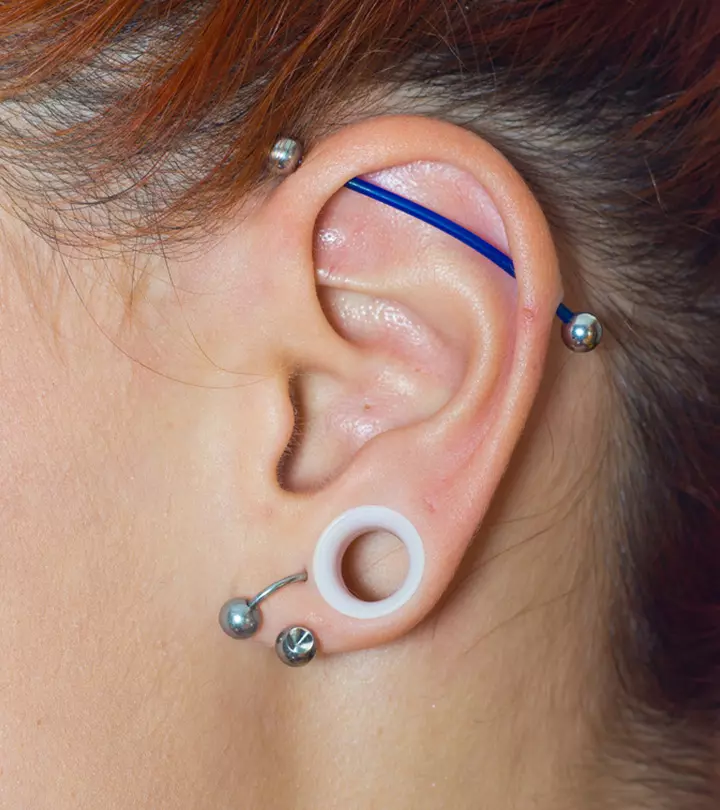
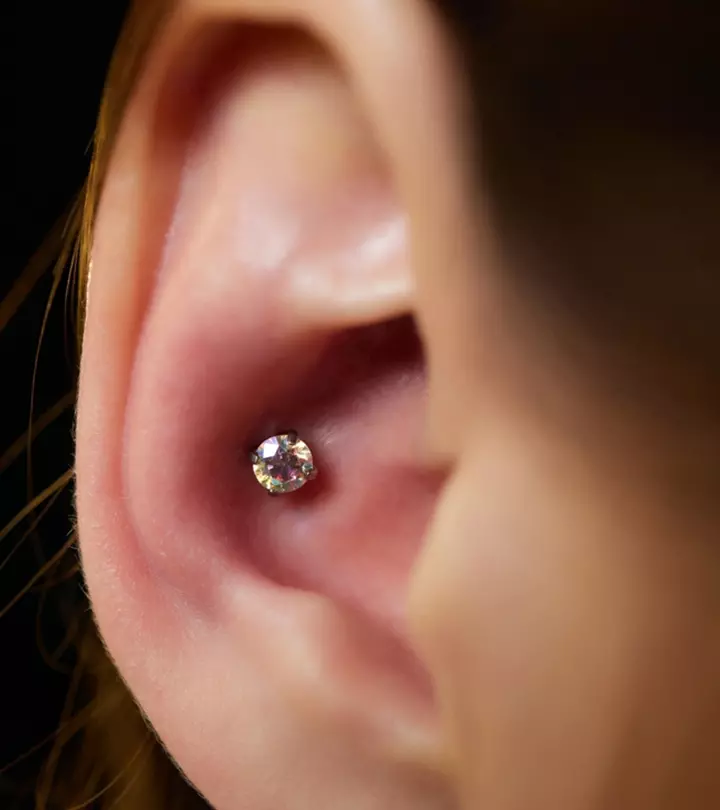
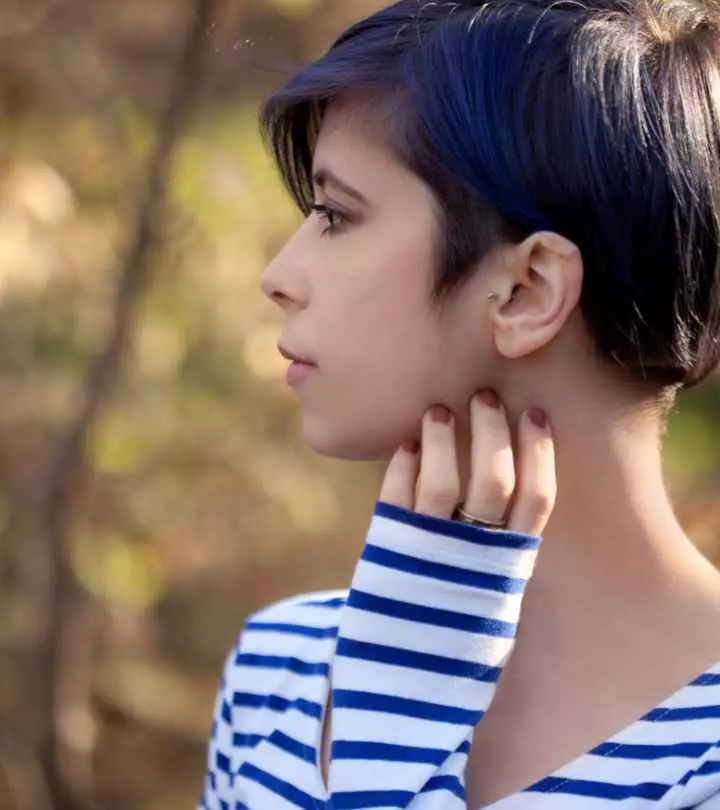
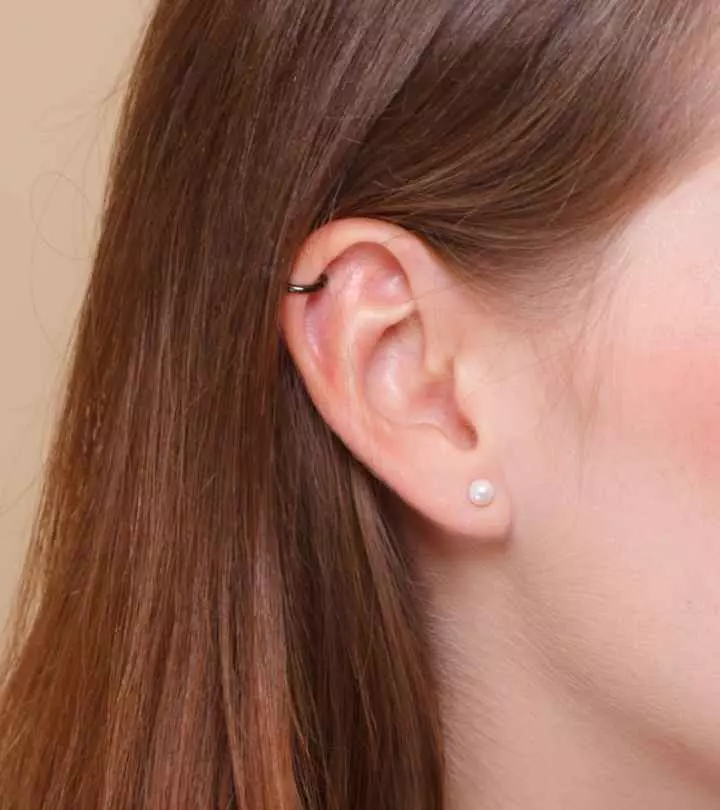
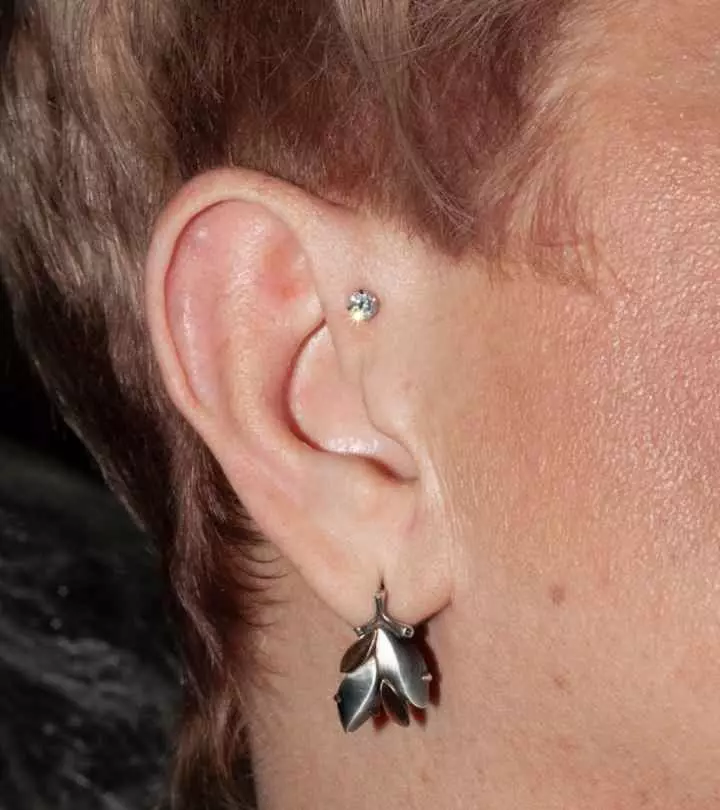
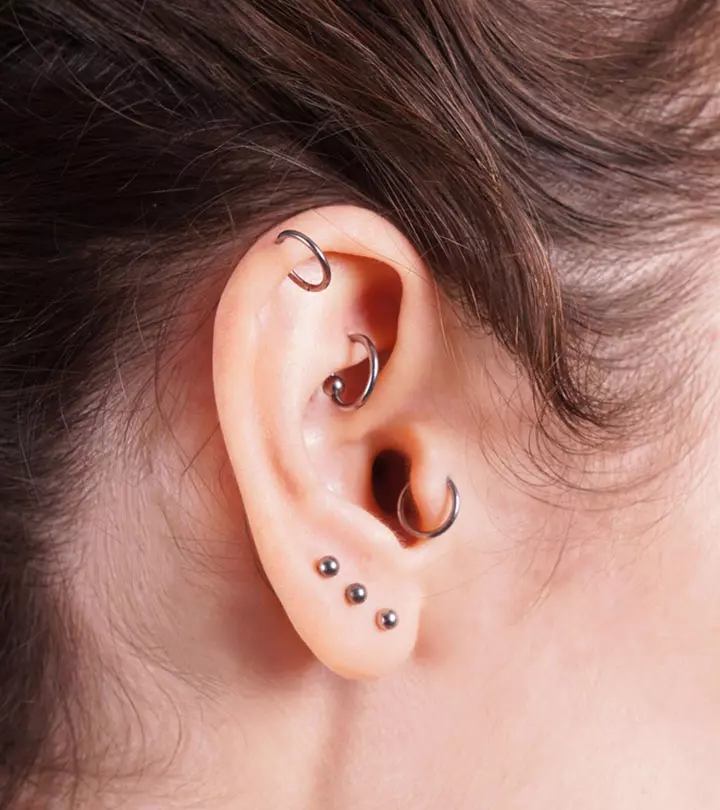
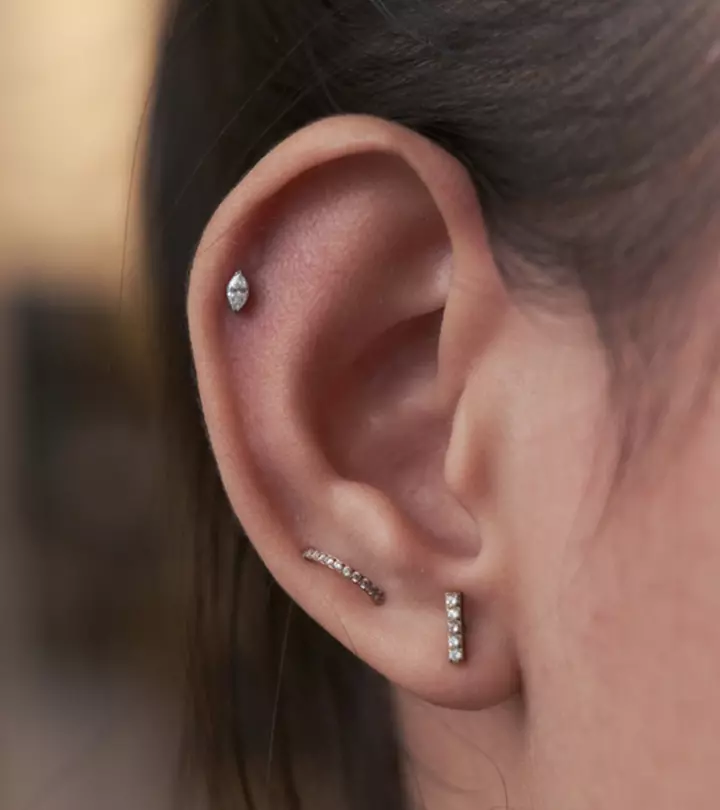
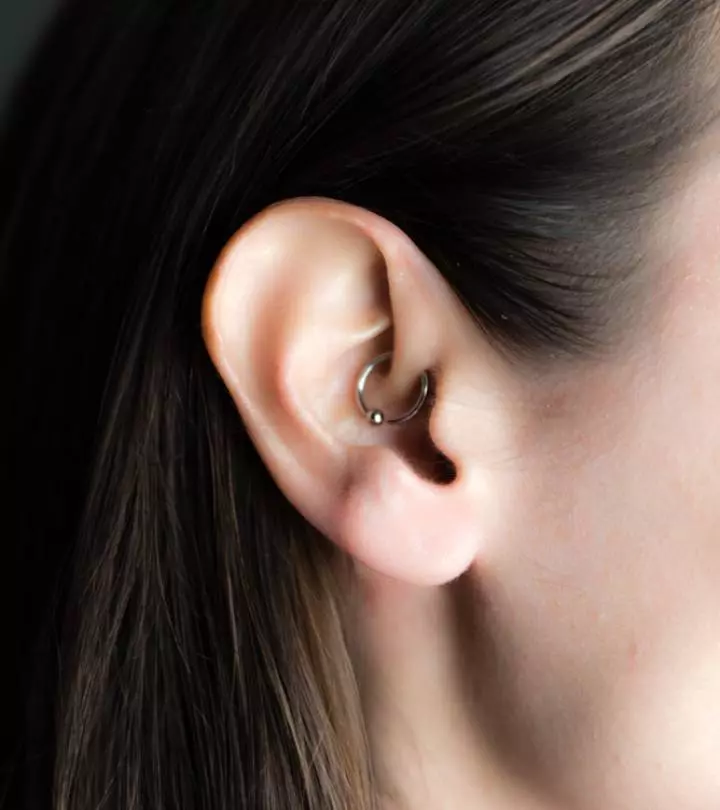
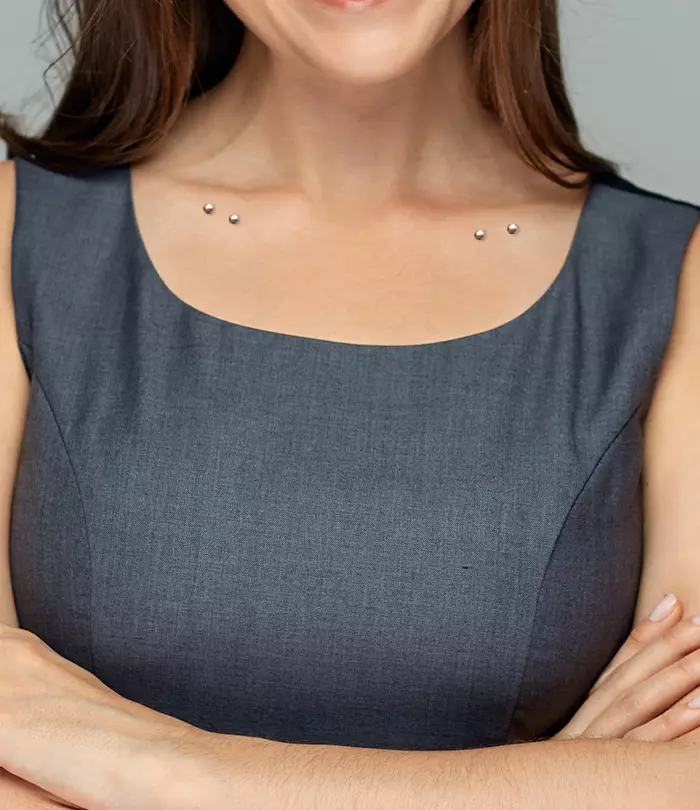
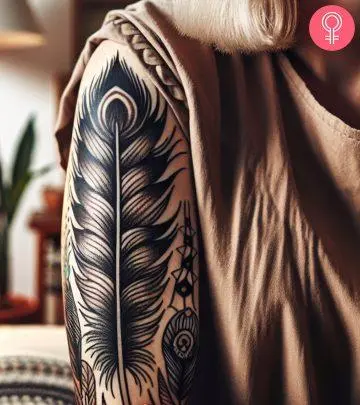

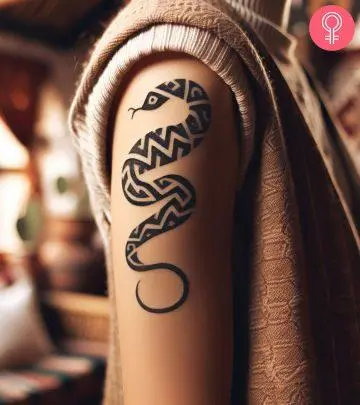
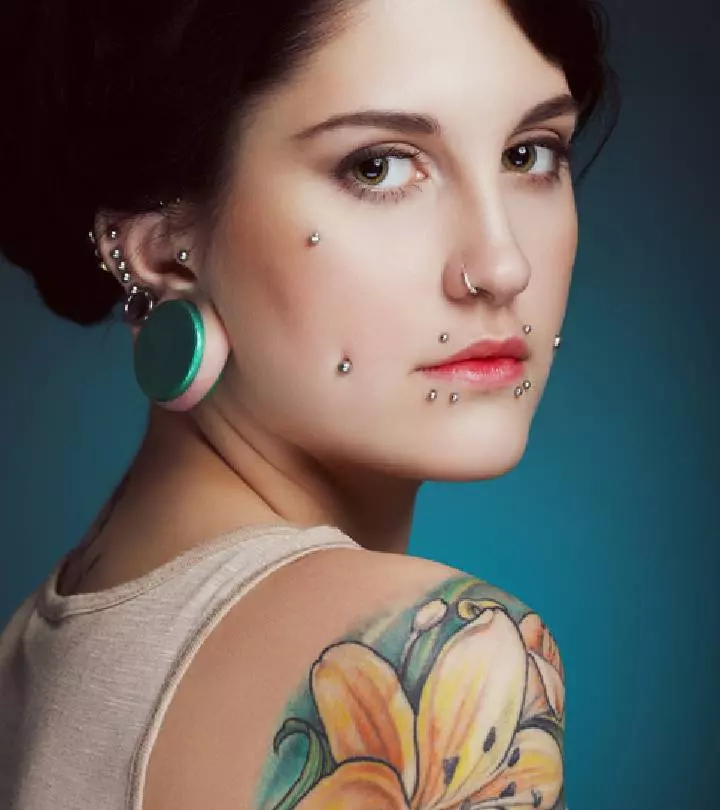
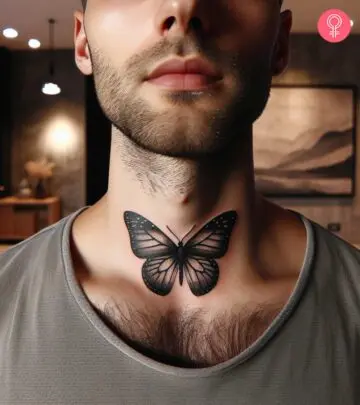
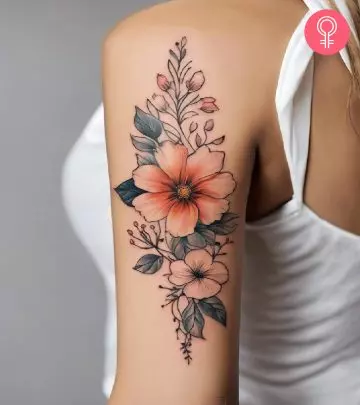
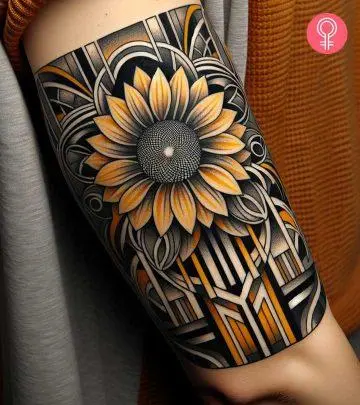
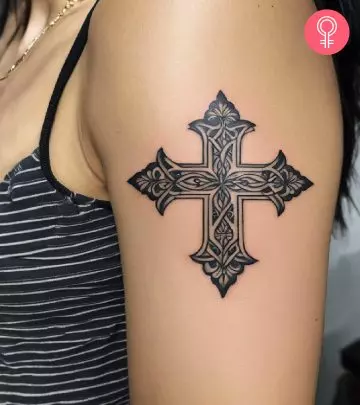

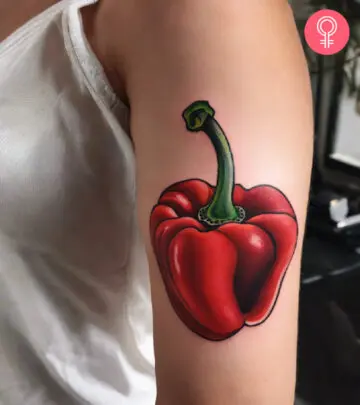

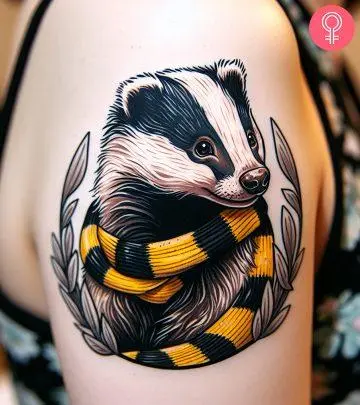
Community Experiences
Join the conversation and become a part of our empowering community! Share your stories, experiences, and insights to connect with other beauty, lifestyle, and health enthusiasts.